

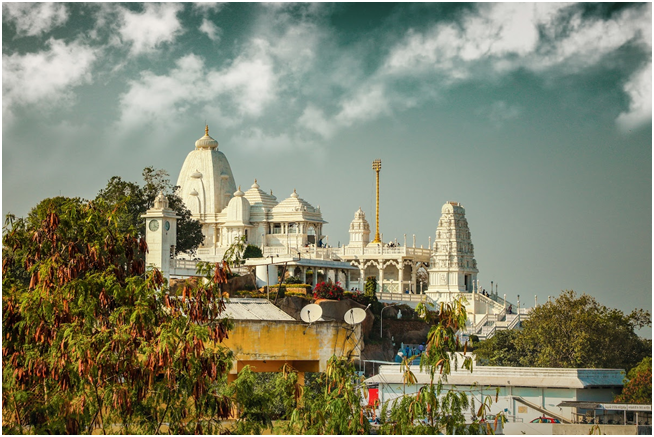
Hyderabad is the capital and largest city of the Indian state of Telangana. It occupies 650 km2 (250 sq. mi) on the Deccan Plateau along the banks of the Musi River, in the northern part of Southern India. With an average altitude of 542 m (1,778 ft), much of Hyderabad is situated on hilly terrain around artificial lakes, including the Hussain Sagar Lake, predating the city's founding, in the north of the city centre. According to the 2011 Census of India, Hyderabad is the fourth-most populous city in India with a population of 6.9 million residents within the city limits and has a population of 9.7 million residents in the metropolitan region, making it the sixth-most populous metropolitan area in India. With an output of US$74 billion, Hyderabad has the fifth-largest urban economy in India.
Until the 19th century Hyderabad was known for the pearl industry and was nicknamed the "City of Pearls” and was the only trading centre for Golconda diamonds in the world. Many of the city's historical and traditional bazaars remain open. Hyderabad's central location between the Deccan Plateau and the Western Ghats, and industrialisation throughout the 20th century attracted major Indian research, manufacturing, educational and financial institutions.
Since the 1990s, the city has emerged as an Indian hub of pharmaceuticals and biotechnology. The formation of the special economic zones of Hardware Park and HITEC City, dedicated to information technology, has encouraged leading multinationals to set up operations in Hyderabad.
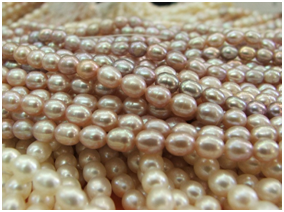

Until 1874 there were no modern industries in Hyderabad. With the introduction of railways in the 1880s, four factories were built to the south and east of Hussain Sagar Lake, and during the early 20th century, Hyderabad was transformed into a modern city with the establishment of transport services, underground drainage, running water, electricity, telecommunications, universities, industries, and Begumpet Airport. The Nizams ruled the princely state of Hyderabad during the British Raj.
Hyderabad is 1,566 km (973 mi) south of Delhi, 699 km (434 mi) southeast of Mumbai, and 570 km (350 mi) north of Bangalore by road. It is situated in the southern part of Telangana in south-eastern India, along the banks of the Musi River, a tributary of Krishna River located on the Deccan Plateau in the northern part of South India. Greater Hyderabad covers 650 km2 (250 sq. mi), making it one of the largest metropolitan areas in India. With an average altitude of 542 m (1,778 ft), Hyderabad lies on predominantly sloping terrain of grey and pink granite, dotted with small hills, the highest being Banjara Hills at 672 m (2,205 ft).
The city has numerous lakes sometimes referred to as Sagar, meaning "sea". Examples include artificial lakes created by dams on the Musi, such as Hussain Sagar (built in 1562 near the city centre), Osman Sagar and Himayat Sagar. As of 1996, the city had 140 lakes and 834 water tanks (ponds).
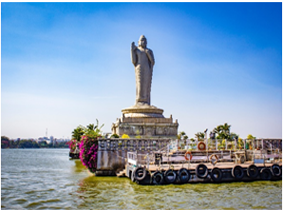
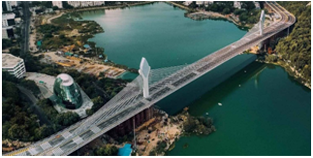
Hyderabad's lakes and the sloping terrain of its low-lying hills provide habitat for an assortment of flora and fauna. As of 2016, the tree cover is 1.7% of the total city area, a decrease from 2.7% in 1996. The forest region in and around the city encompasses areas of ecological and biological importance, which are preserved in the form of national parks, zoos, mini-zoos and a wildlife sanctuary.
Nehru Zoological Park the city's one large zoo, is the first in India to have a lion and tiger safari park. Hyderabad has three national parks (Mrugavani National Park, Mahavir HarinaVanasthali National Park, and KasuBrahmananda Reddy National Park), and the Manjira Wildlife Sanctuary is about 50 km (31 mi) from the city. Hyderabad's other environmental reserves are: KotlaVijayabhaskara Reddy Botanical Gardens, Ameenpur Lake, Shamirpet Lake, Hussain Sagar, Fox Sagar Lake, Mir Alam Tank and Patancheru Lake, which is home to regional birds and attracts seasonal migratory birds from different parts of the world.
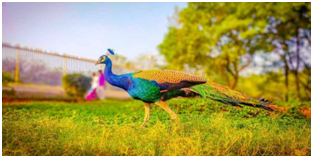
Among the oldest surviving examples of Nizam architecture in Hyderabad is the Chowmahalla Palace, which was the seat of royal power. It showcases a diverse array of architectural styles, from the Baroque Harem to its Neoclassical royal court. The other palaces include Falaknuma Palace (inspired by the style of Andrea Palladio), Purani Haveli, King Kothi Palace and Bella Vista Palace all of which were built at the peak of Nizam rule in the 19th century. During Mir Osman Ali Khan's rule, European styles, along with Indo-Islamic, became prominent. These styles are reflected in the Indo-Saracenic style of architecture seen in many civic monuments such as the Hyderabad High Court, Osmania Hospital, City College and the Kacheguda railway station, all designed by Vincent Esch. Other landmark structures of the city constructed during his regin are the State Central Library, the Telangana Legislature, the State Archaeology Museum, Jubilee Hall, and Hyderabad railway station. Other landmarks of note are Paigah Palace, AsmanGarh Palace, Basheer Bagh Palace, Errum Manzil and the Spanish Mosque, all constructed by the Paigah family.
_a.png)